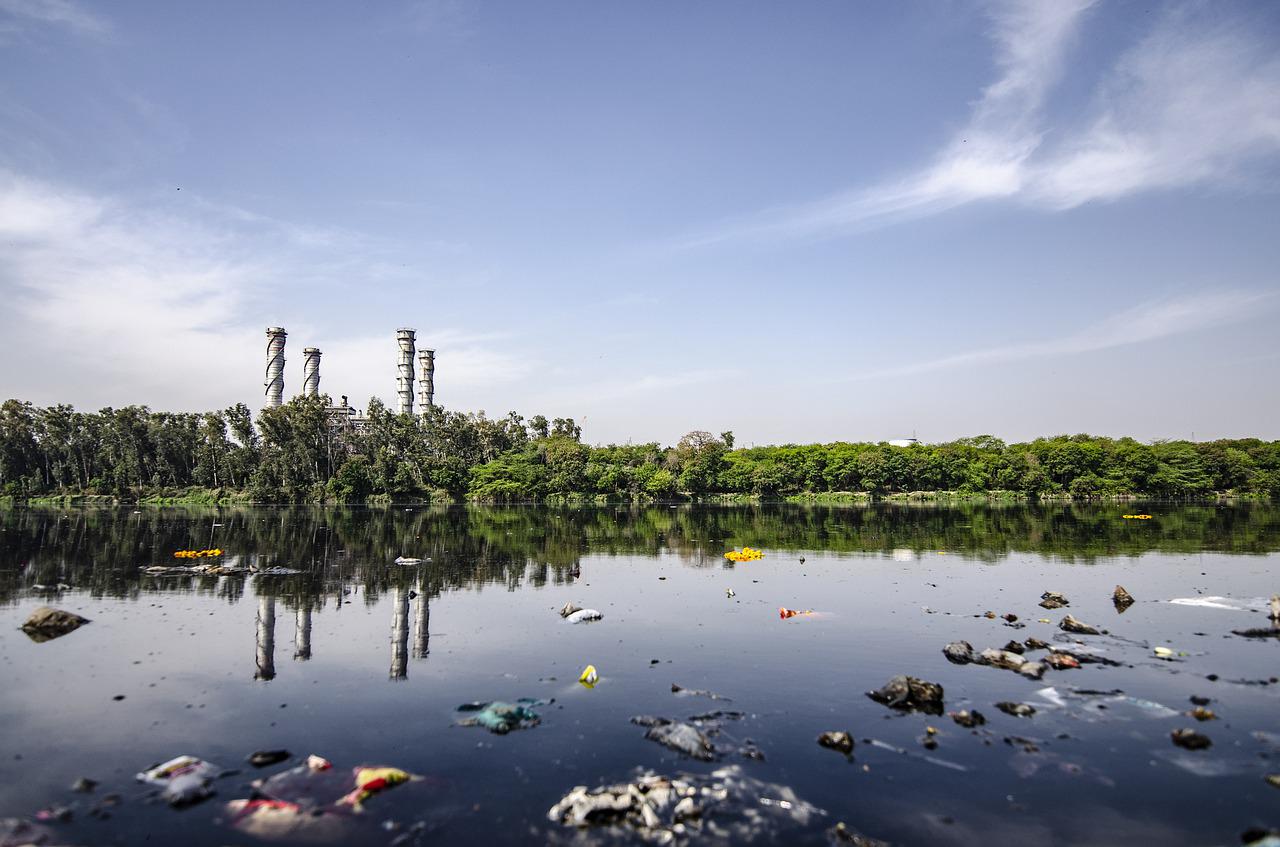
Vocabulary:
- biofouling /BAHY-oh fou-ling/
- categorize /KAT-i-guh-rahyz/
- complexity /kuhm-PLEK-si-tee/
- detect /dih-TEKT/
- marine /muh-REEN/
[noun] – the accumulation of microorganisms, plants, algae, or small animals where it is not wanted on surfaces such as ship and submarine hulls
The gradual buildup of waterborne organisms (like bacteria and protozoa) on the exteriors of engineering structures is known as biofouling.
[verb] – to put people or things into groups with the same features
Categorize the plants into four groups.
[noun] – the state of having many parts and being difficult to understand or find an answer to
The complexity of the road map puzzled me.
[verb] – to notice something that is partly hidden or not clear, or to discover something, especially using a special method
The dentist could detect no decay in her teeth.
[adjective] – related to the sea or sea transportation
Oil spills pose a serious threat to marine life.
Article reading:
Macroplastics (5 mm) will inevitably break down and fragment into smaller plastics, posing a threat to marine life if they are not removed by clean-up operations through entanglement or ingestion. It may be possible to find out important information about sources, pathways, and trends by being able to find larger floating plastics in coastal waters before they get tangled, ingested, exported, and/or broken down. Computer technology is being used by scientists to identify and map marine plastic pollution. Plymouth Marine Laboratory (PML) is taking photographs of various waste types with a camera mounted on a boat. The different types of marine plastic have been identified and categorized by scientists using a machine learning computer. According to the report, plastic bottles or bags can be identified with 68% accuracy. According to PML, plastic waste is a significant contributor to the global pollution crisis, but monitoring it is difficult due to its size, complexity, and labor-intensive nature. The information the computer was gathering would eventually allow unmanned boats to be used to detect plastic pollution in the world’s oceans.
Global plastic pollution is a problem. At the end of the product lifecycle, this approach should act as a stepping stone for the use of satellites and drones to address the marine plastics problem. Thanks to artificial intelligence, we can now identify floating marine plastic patches. Environmental scientists might eventually use the method to manage and monitor ocean plastic waste more effectively.
Discussion Questions:
- What is your most purchased plastic item? Could you tell me about it?
- What AI software do you use in your everyday life? Could you tell me about them?
- If you were to address the global plastic issue, how would you do it?
- Do you think AI is an effective way to combat the global plastic issue?
- What can you do to help solve the global plastic issue?
Summarization
Describe:
- float
- clean-up operation
- pollution
- contributor
- stepping stone